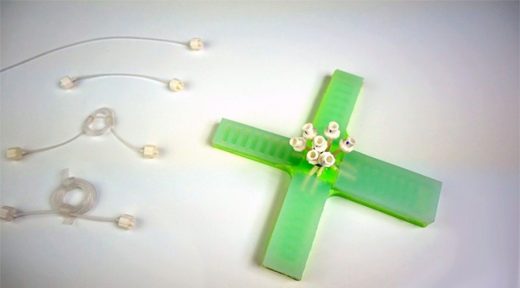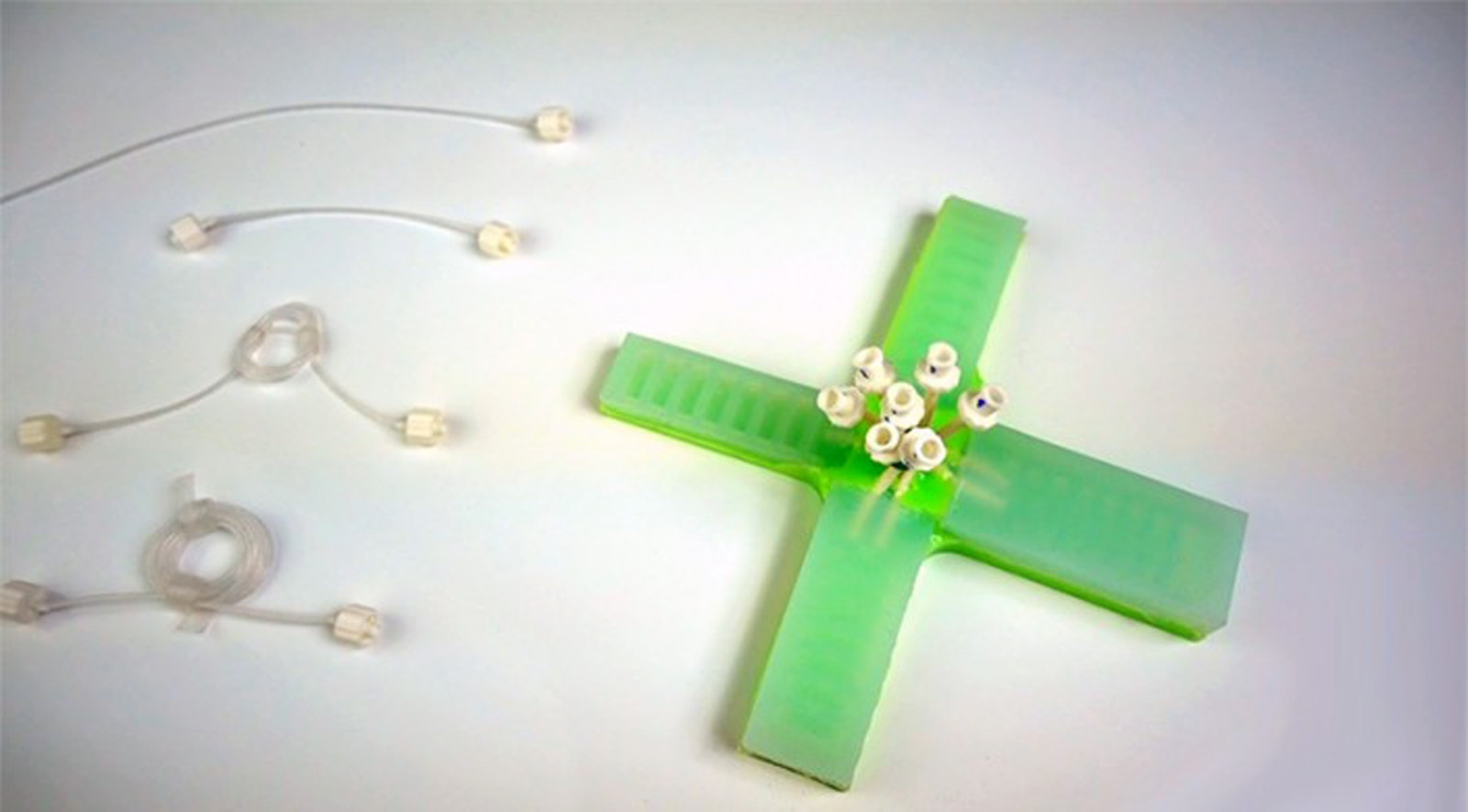Simpler, air-powered soft robots could help with space exploration
The test bot is just a simple cross-shaped quadruped, and it currently needs an external source of air. You’re not about to see one in the wild any time soon. However, the simplicity and reduced parts could make it practical for all kinds of tasks where soft robots were either impractical or had to be tethered, such as space exploration or search and rescue. They could scramble across rough terrain without as much caution as more fragile conventional robots, and could be more affordable — important if anything does go wrong.
(43)




